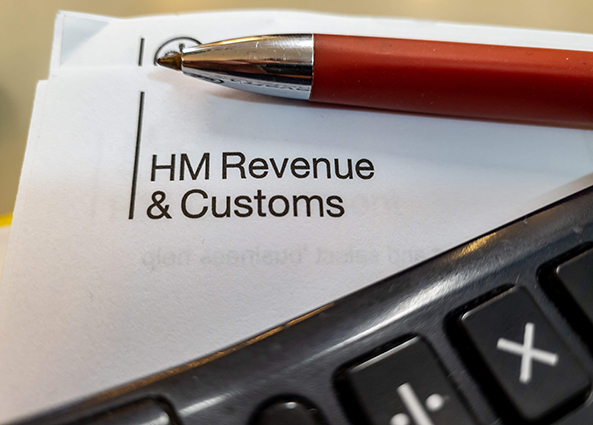R&D Tax Credit Claims Checklist
31 August 2023
On the surface, claiming R&D Tax Credits presents two obvious questions – does the activity qualify and how much can I claim?
There’s a lot of detail and complexity behind those however and that’s before we consider the new claim process and the additional information required.
Accurate and comprehensive record-keeping is often the key to building a successful claim. It will ensure that the claim is accurate, comprehensive, and able to withstand any scrutiny HMRC might choose to being. The list below isn’t exhaustive…
- Tell HMRC that you’re planning to claim R&D tax Relief
- Give your project a name
- Keep clear, accurate records
- Capture all qualifying activities
- Capture all qualifying expenditure
- Carefully manage contracts
- Familiarise yourself with the new HMRC R&D claim submission process
01 | Tell HMRC that you’re planning to claim R&D Tax Credits
Since April 2023, companies who are planning to claim R&D tax relief must notify HMRC of their intention to claim within six months of the period-end for which they are planning to submit a claim.
If you don’t, you won’t be able to claim.*
*Unless you have already submitted a claim on any of the three previous periods, in which case you don’t need need to give prior notification.
02 | Give your project a name
Ensure that this name is used consistently in correspondence, emails, contracts and invoices. Document the purpose and objectives of the project, methodologies used (Waterfall, Lean, Agile etc), and the outcomes achieved (even if not ‘successful’)
03 | Record-keeping
Maintain records of time and money spent on the projects. Invoices, receipts. Log time spent against the project(s) – time, date – who was involved. Keep all these records in an easily accessible folder – scan receipts and invoices if necessary. Spend some time thinking about folder structure before you start.
04 | Capture all qualifying activities that could be eligible for R&D Tax Credits
‘Qualifying activities’ can be direct or indirect.
Direct (core) activities are directly linked to the R&D project. Typically carried out by scientists, engineers and technicians these include planning, design, testing and analysis.
Qualifying Indirect activities form part of a project but do not directly contribute to it. They include: recruiting and paying staff, leasing laboratories and maintaining research and development equipment including computers used for R&D purposes, training required to directly support an R&D project; research and feasibility studies to inform the strategic direction of a specific R&D activity.
05 | Capture all qualifying expenditure
(ensuring you can link this back to your accounts) broken down by project. These include:
- Cloud computing costs, including storage, for accounting periods beginning on or after 1 April 2023
- Consumable items, for example materials or utilities
- Data licence costs, for accounting periods beginning on or after 1 April 2023
- Externally provided workers
- Payments to participants of a clinical trial
- Software
- Staff
- Subcontractor costs
06 | Contracts
Make sure there is an agreement or contract with any third-party. Use the project name. Ensure the contract specifies your relationship with the third party – who is doing what.
07 | New R&D Tax Credits claim submission process
The new online form is required for every claim and – if not completed – will render the claim invalid. Details include:
- Unique Taxpayer Reference (UTR), which must match the one in Company Tax Return
- Employer PAYE reference number
- VAT registration number
- Business type, for example your current SIC (Standard Industrial Classification) code
- Details of the main senior internal R&D contact in the company who is responsible for the R&D claim, for example a company director.
- Any agent (such as an accountant or R&D claim ‘specialist’) involved in the R&D claim.
- Your accounting period start and end date
- Project details – the number of all the projects that you’re claiming for in the accounting period and their details (the requirement here varies according to the number of projects being claimed for).
- Project descriptions – including the field of science or technology, the baseline level you planned to advance, the scientific or technological uncertainties that the company faced and more…
In conclusion…
If you’re claiming yourself, use the above as a guide. If you use your accountant, they should be familiar with all the above (just ask them) and have the skills to manage the new process and submit the additional information correctly.
If you have any questions relating to R&D tax relief or wish to discuss the implications of recent changes to the R&D tax relief scheme on your own claims, please get in touch with VISIATIV, and a representative will get back to you to discuss your unique needs and explain how we can assist.








